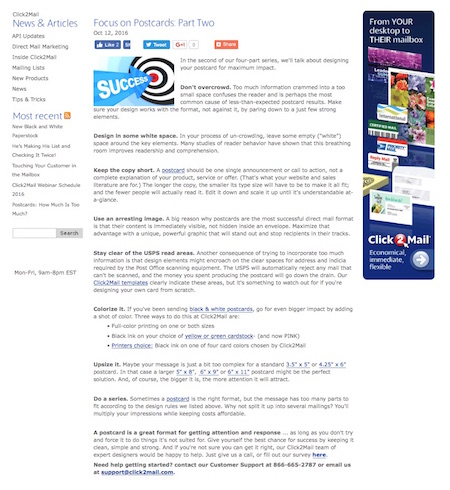 The ways we consume energy and produce commodities are altering. This transformation could benefit the worldwide economic system, but useful resource producers should adapt to remain competitive.
The ways we consume energy and produce commodities are altering. This transformation could benefit the worldwide economic system, but useful resource producers should adapt to remain competitive.
A new McKinsey Global Institute report, Beyond the supercycle: How know-how is reshaping assets, focuses on these three developments and finds they’ve the potential to unlock around $900 billion to $1.6 trillion in financial savings throughout the worldwide economy in 2035 (exhibit), an amount equivalent to the current GDP of Canada or Indonesia. At least two-thirds of this whole worth is derived from lowered demand for power because of better energy productivity, while the remaining one-third comes from productiveness financial savings captured by resource producers. Demand for a range of commodities, notably oil, may peak within the next twenty years, and prices may diverge extensively. How giant this opportunity ends up being relies upon not solely on the rate of technological adoption but in addition on the way resource producers and coverage makers adapt to their new environment.
On the demand side, consumption of energy is changing into much less intense and more environment friendly as people use less energy to stay their lives and as vitality-environment friendly technologies grow to be extra built-in in properties, companies, and transportation In addition, technological advances are helping to carry down the cost of renewable energies, corresponding to photo voltaic and wind vitality, handing them a higher position within the world economy’s vitality mix, with important results for both producers and customers of fossil fuels. On the availability side, resource producers are increasingly capable of deploy a range of applied sciences of their operations, placing mines and wells that have been as soon as inaccessible inside reach, raising the effectivity of extraction techniques , shifting to predictive upkeep, and utilizing refined knowledge analysis to establish, extract, and manage sources.
While the adjustments dealing with useful resource producers and coverage makers are likely to be complicated and numerous, the rewards of better productivity, quicker growth, and a much less resource-intense financial system can benefit all. The world of commodities over the past 15 years has been roiled by a supercycle” that first sent costs for oil, gasoline, and metals soaring, just for them to come crashing back down. Now, as useful resource companies and exporting international locations decide up the pieces, they face a brand new disruptive era. Technological innovation —together with the adoption of robotics, synthetic intelligence, Internet of Things know-how, and data analytics—together with macroeconomic tendencies and changing consumer conduct are transforming the way sources are consumed and produced.
For resource corporations, significantly incumbents, navigating a future with extra uncertainty and fewer sources of progress would require a deal with agility. Harnessing technology shall be important for unlocking productivity positive factors however not sufficient. Companies that focus on the fundamentals—increasing throughput and driving down capital costs, spending, and labor prices—and that look for opportunities in technology-driven areas could have an advantage. In the new commodity landscape, incumbents and attackers will race to develop viable enterprise models, and never everyone will win.